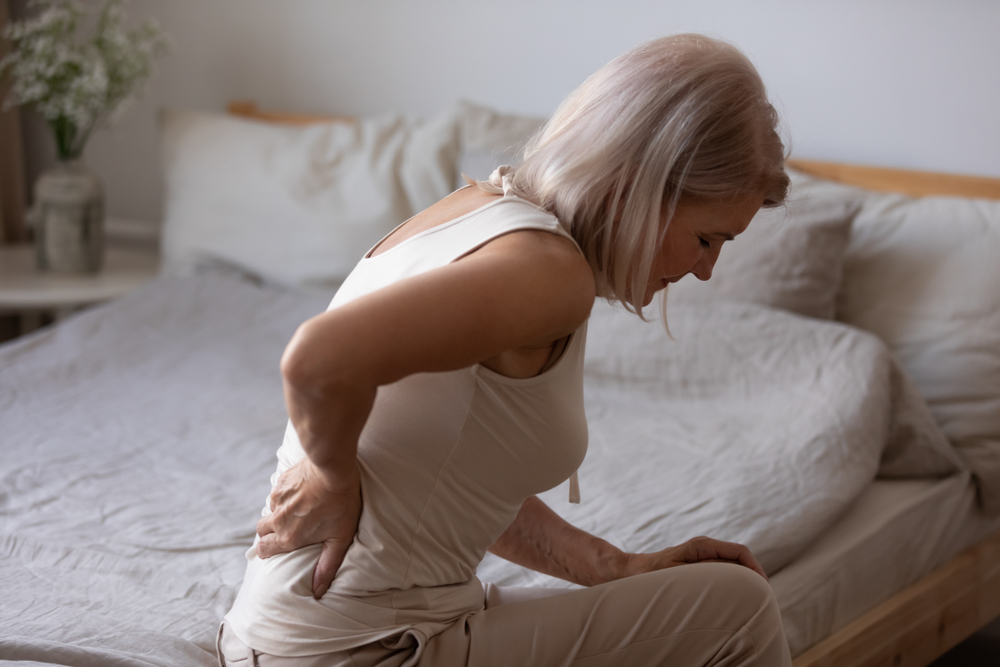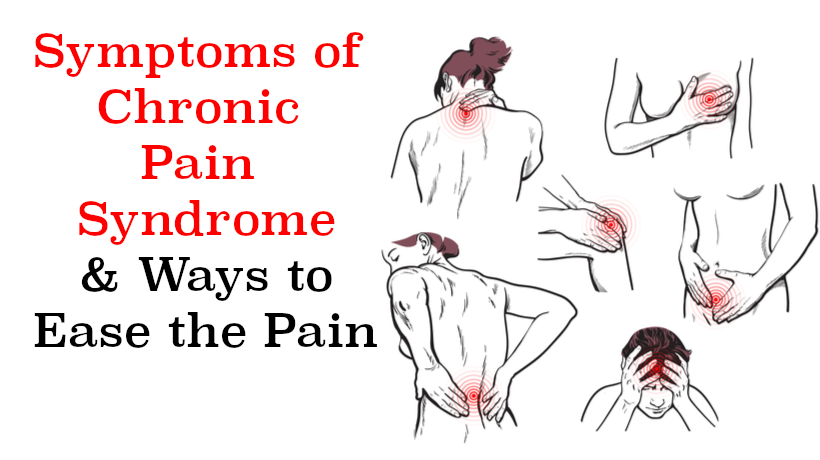Diagnosing and treating chronic pain syndrome (CPS) can often be more difficult if you are unsure of what to look for. It can be more daunting because the syndrome itself is not easily definable or quantifiable, leaving it to be easily brushed under the radar or underestimated. Pain is a body’s natural reaction to injury or illness and can generally be an indicator that something is wrong. However, when pain prolongs and begins to affect daily activities, it can warrant a diagnosis.
Dr. Brad Culling of Advanced Pain Care who has experiences CPS himself states that when chronic pain evolves into a severe case of poor mental and emotional wellbeing, it becomes chronic pain syndrome.
Who does CPS affect?
According to the CDC, chronic pain syndrome affects about 20.4% of the population and almost all go on to experience poor mental health from the pain. Adult women and older adults are more likely to be affected.
Symptoms Include:
- Fatigue
- Decreased stamina
- Joint Pain (Sensations of burning, aches, or stinging)
- Numbness or Tingling
- Depression
- Irritability
- Poor Sleep/Lack of sleep
- Drug or alcohol abuse
- Suicidal thoughts
CPS’ physical and mental effects are what distinguishes it as a serious chronic illness.

Steps to Take
- If there is no immediate or specific cause of the pain, document the feeling and the number of days the pain is experienced. Dr. Culling recommends seeking help if the life-debilitating pain persists for three months.
- Dr. Culling also recommends contacting your doctor if the pain may also interfere with everyday activities.
- It is also additionally important to monitor your physical health if you exhibit underlying mental health issues, as these two may be synonymous to each other.
Coping Mechanisms For Help
- Dr. Paul Le of the Advanced Pain Care group suggests taking the time to recognize and learn your own physical and emotional triggers. Pain flare-ups may be a direct result of anxiety or stress, thus recognizing and establishing limitations to your triggers may reduce not only exposure but any further pain.
- After identifying these triggers, Dr. Le stresses that those who exhibit CPS should always take the time to relax and exercise self-care routines. High pressure and stress levels may lead to increased muscle tension, onset flare-ups, and severe pain.
- Practice stress management and various relaxation methods such as yoga, meditation, massages, or even a calming bubble bath to relieve stress and physical ailments. Respecting mental health breaks may also be key to reducing stress and improving your overall quality of life.
Lastly, Dr. Le additionally suggests finding a support system or group to ease any feelings of isolation. Dealing with chronic pain may often impose some restrictions on everyday life, leaving us to feel isolated from our inner social circle. Finding a support group that can identify with these feelings diminishes that sentiment of loneliness and may even lead to finding acceptance within the pain.
Recognizing you are not alone in your pain or battle with it is just one of the many first steps you can take in your journey. Although living with chronic pain syndrome may feel incapacitating, CPS is not a defining part of your life.
Sources:



